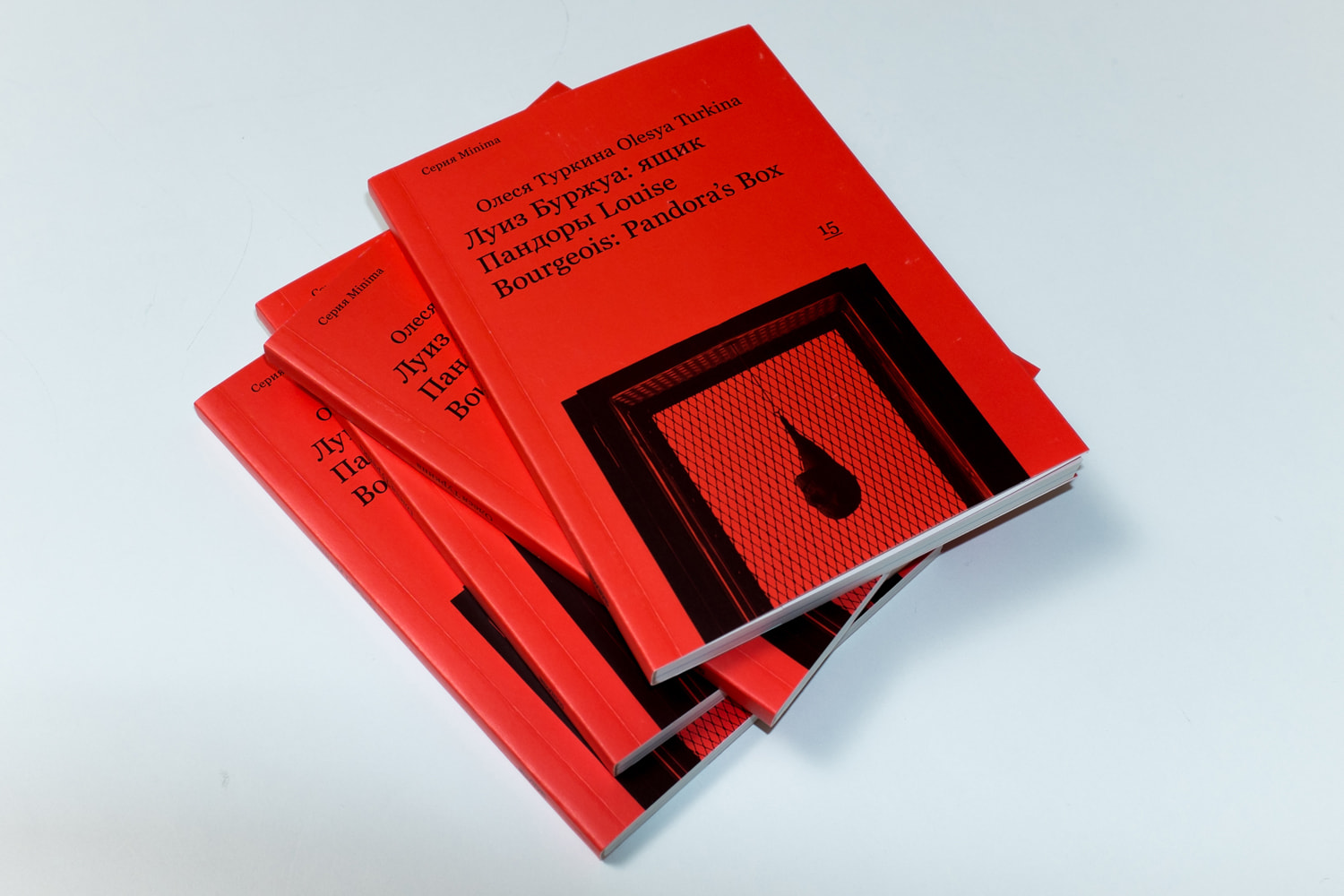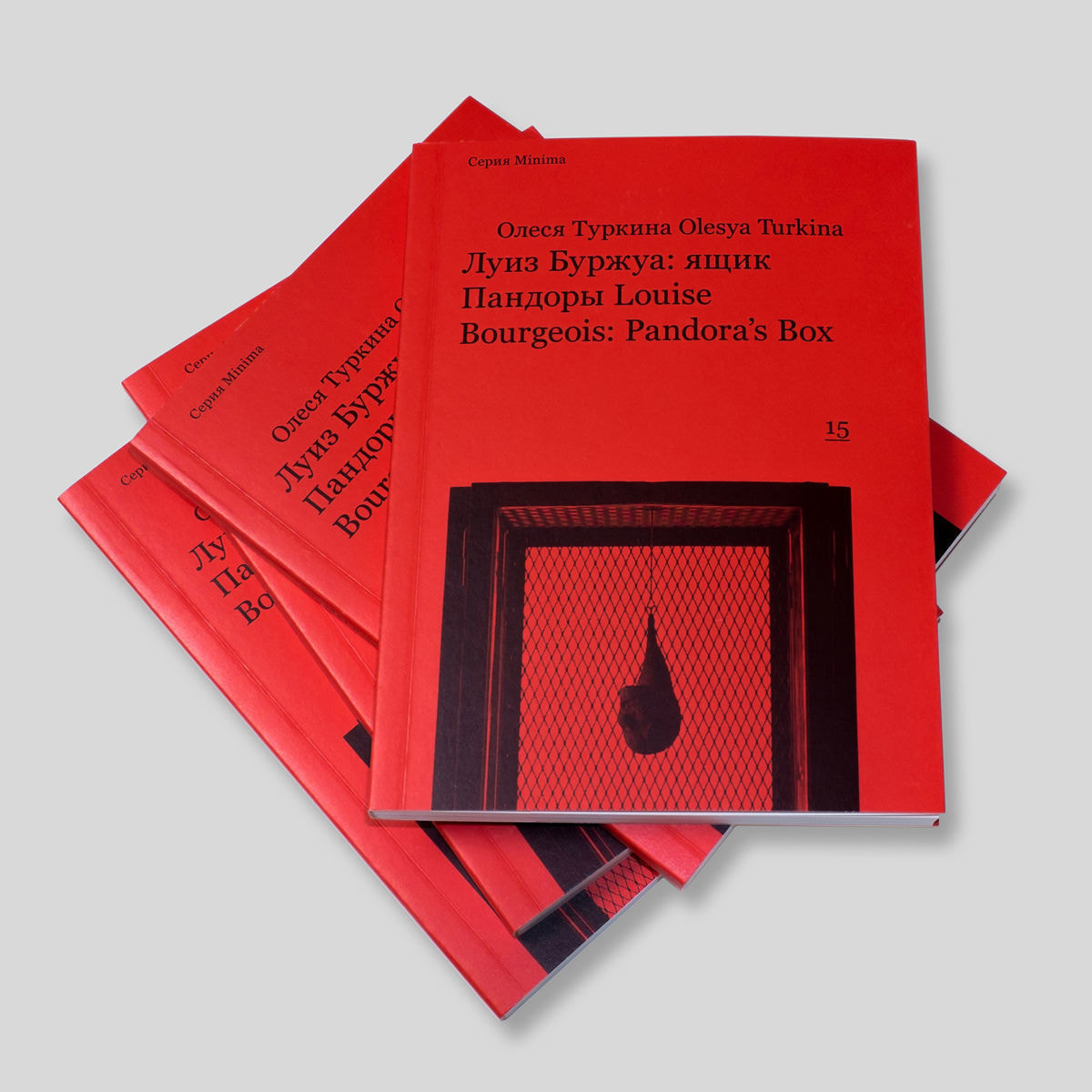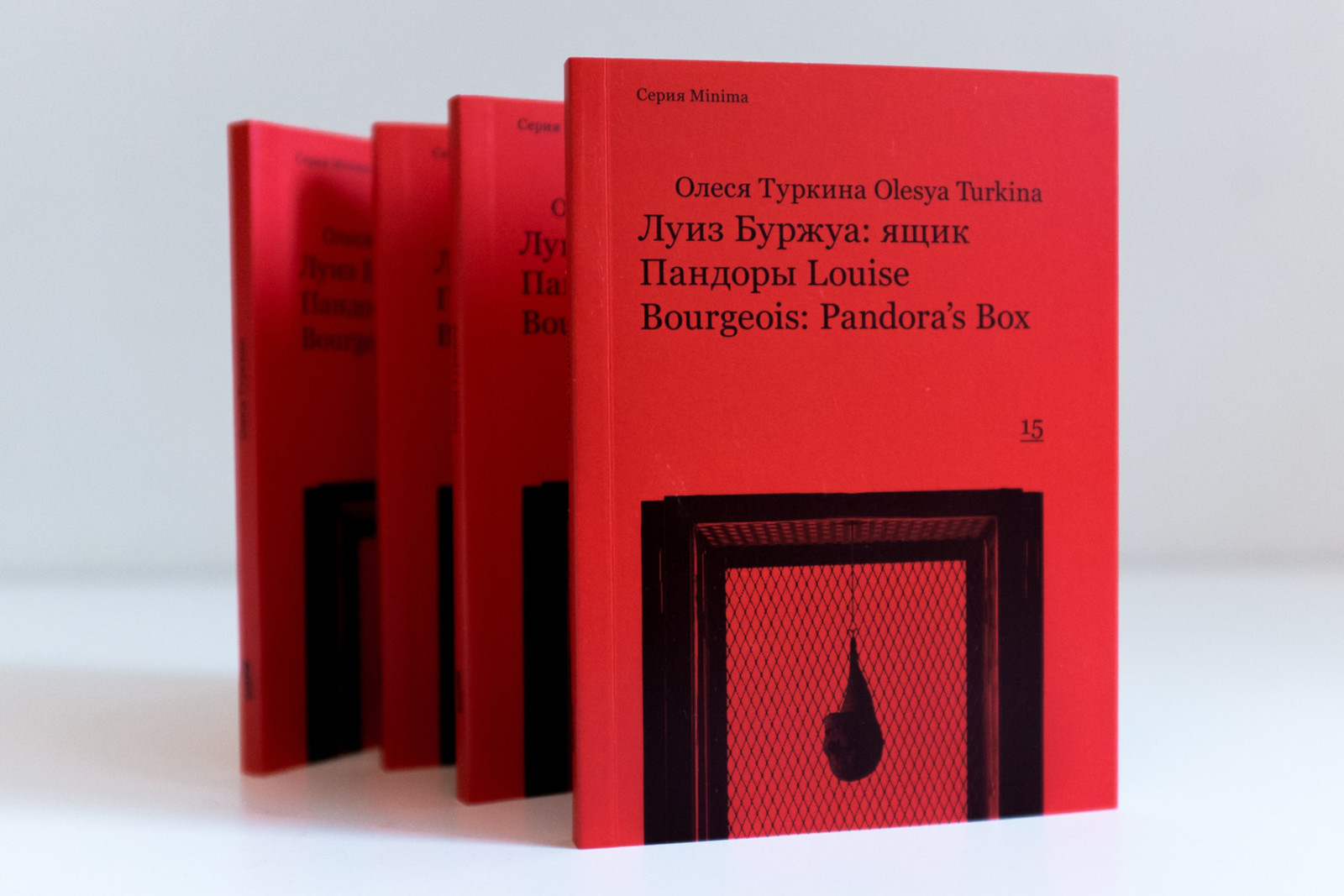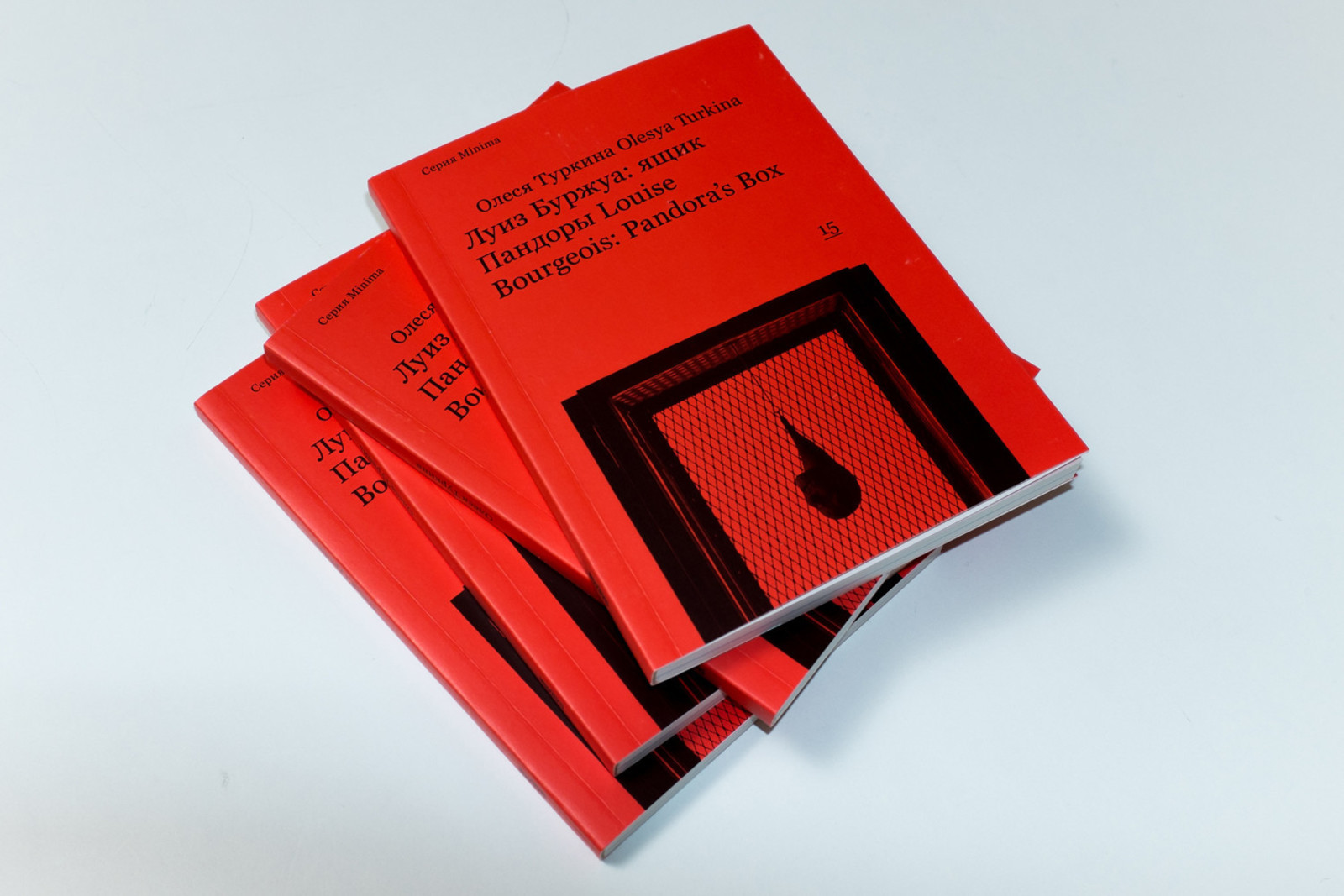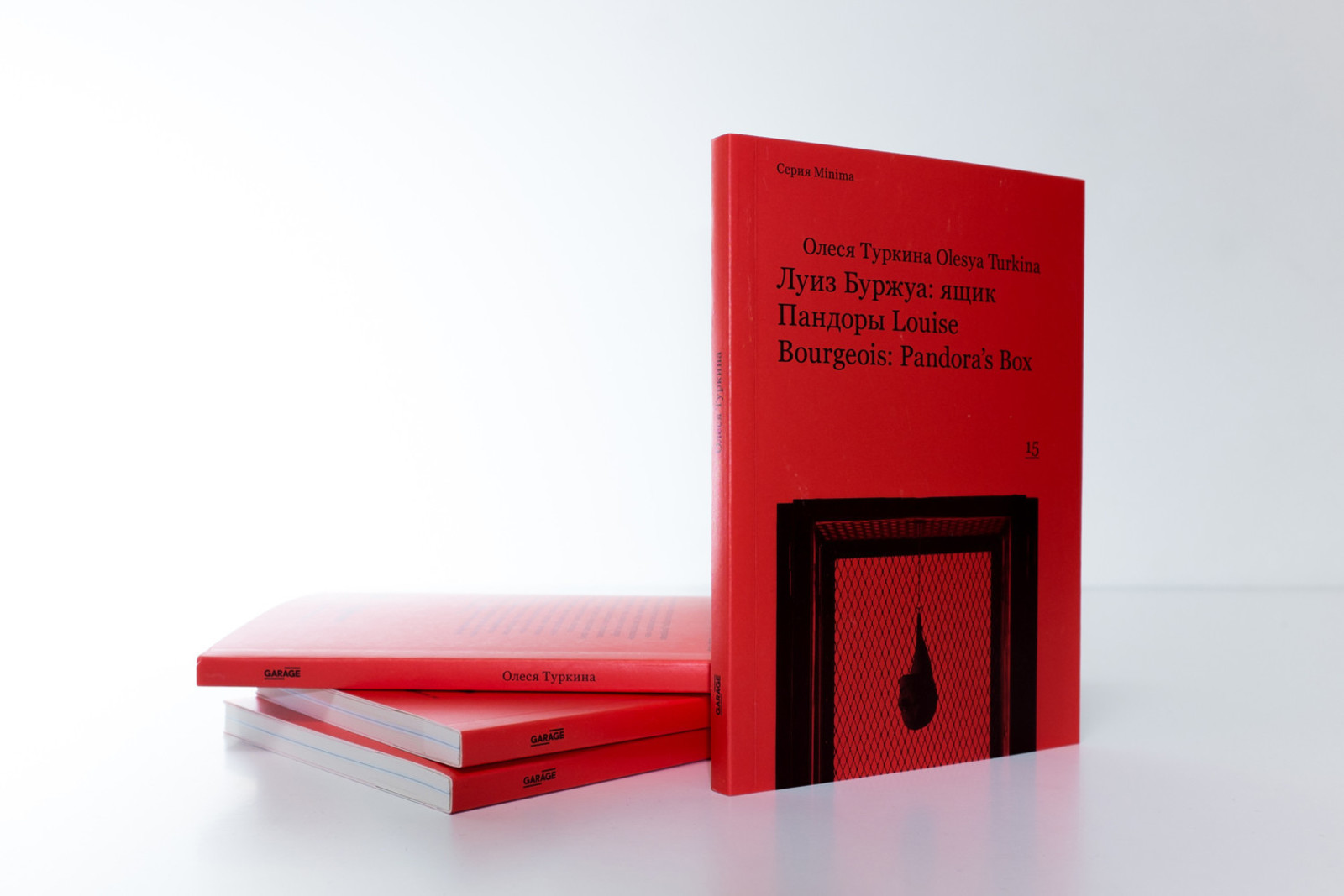This monograph gives key insights into the work of one of the 20th century’s most influential sculptors. Turkina provides a comprehensive analysis of Louise Bourgeois’ creative processes, materials and techniques, as well as the main themes, myths and symbols in her work.
An exhibition of works by Louise Bourgeois (1911–2010), one of the most important sculptors of the 20th century, opened at Garage at the end of September. The exhibition is accompanied by the launch of Olesya Turkina’s book on the artist’s work, published in two languages.
Despite its brevity, the book offers a comprehensive overview of the recurrent themes and materials featured in the artist’s works and the devices she used, as well as her life and personal mythology, inseparable from her oeuvre. As the artist herself pointed out, her art was a kind of therapy that reflected the traumas and fears of her childhood, a reconstruction of what she had once seen and repressed. Traumatic memories became her artistic treasury.
Olesya Turkina discusses the artist’s preoccupations, particularly in relation to memory, motherhood, and the struggle of the masculine and the feminine inside every human. She analyses the myths and symbols, such as the spider, that are deeply personal to Bourgeois and have a special meaning in her work.
Bourgeois’ key series are explored, from the Personages made in the 1940s to the late Cells. Revolutionary for their time, the Personages were one of the first conscious attempts to create an installation or environment. In these works we not only find a new relationship between form and content, image and material, weight and balance, but also a radically new approach to space.
Turkina also traces the evolution of media in Bourgeois’ works: her transition from wood to marble, metal and latex in the 1960s, and the introduction of symbolically loaded forms like that of the spiral. Merging centrifugal and centripetal forces, the spiral represents an attempt to control chaos and the loss of orientation.
One of the central subjects of Turkina’s analysis is The Cells — a series of installations of a new kind that act as a metaphor for human existence. The Cells bring together all of the materials, recurrent themes and symbols found in the earlier works. Conveying the tension between form and content, these environments are extended metaphors for suffering, whether physical or emotional. Turkina likens them to Pandora’s box, containing the fears and the suffering of humanity in the 20th century.
Ending with ‘A Visit to Louise Bourgeois’, an essay describing Turkina’s encounter with the artist, the book also contains images of the artist’s works.
Launched in 2014, MINIMA is a collection of pocket books (110 x 150 mm) containing essays, interviews, manifestos and biographies of contemporary and classical artists. Each publication presents one author’s perspective on a particular phenomenon of contemporary culture. The series is published by Garage Museum of Contemporary Art in collaboration with Ad Marginem Press.
